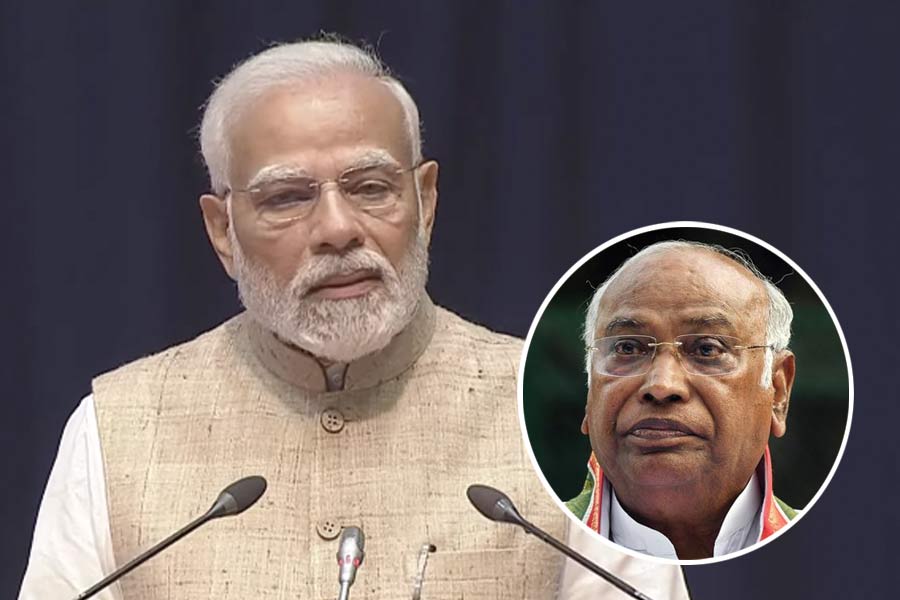School students and youngsters from near Dhalbhumgarh in East Singhbhum will get an opportunity to learn tribal paintings.
The Indian National Trust for Art and Cultural Heritage (Intach), Jharkhand, will
organise a five-day tribal art workshop to promote tribal paintings among the younger generation in the area. The workshop will kick off on December 31 and continue till January 4 at Amadadubi Rural Tourism Centre in Panijia village of Dhalbhumgarh, around 60km from Jamshedpur.
The workshop, which will feature 15 artists who are experts in tribal paintings, will offer training in pyatkar, sohrai, khovar and wall paintings from various tribes of Jharkhand.
Intach has sent invites to private and government schools in and around Dhalbhumgarh.
“The number of good tribal artists is dwindling. Intach is involved in the conservation of tangible and intangible heritage. It is our responsibility in Jharkhand to preserve the indigenous forms of painting and that can be possible only if more people learn about the art,” Devla Murmu, an Intach volunteer, said.
Artists from Ranchi, Deoghar, Seraikela and East Singhbhum will be the resource persons for the art workshop.
Pyatkar painting is an art form from Amadubi village in Dhalbhumgarh block of East Singhbhum district that uses colours from nature to paint scenes from folklores.
Sohrai paintings, an ancient wall art, originated in Hazaribagh district and was initially done with white clay and later replaced by lime.
Khovar is also a form of wall art practised by Santhal, Munda, Gond and Kurmali tribes.
The paintings usually depict scenes of harvest and agriculture.
“Each tribal art form has its own importance and the new generation will have to understand its soul. The workshop will not only discuss the techniques, but also the stories of origin,” Murmu said.
Intach has already organised several workshops in Jamshedpur schools.










